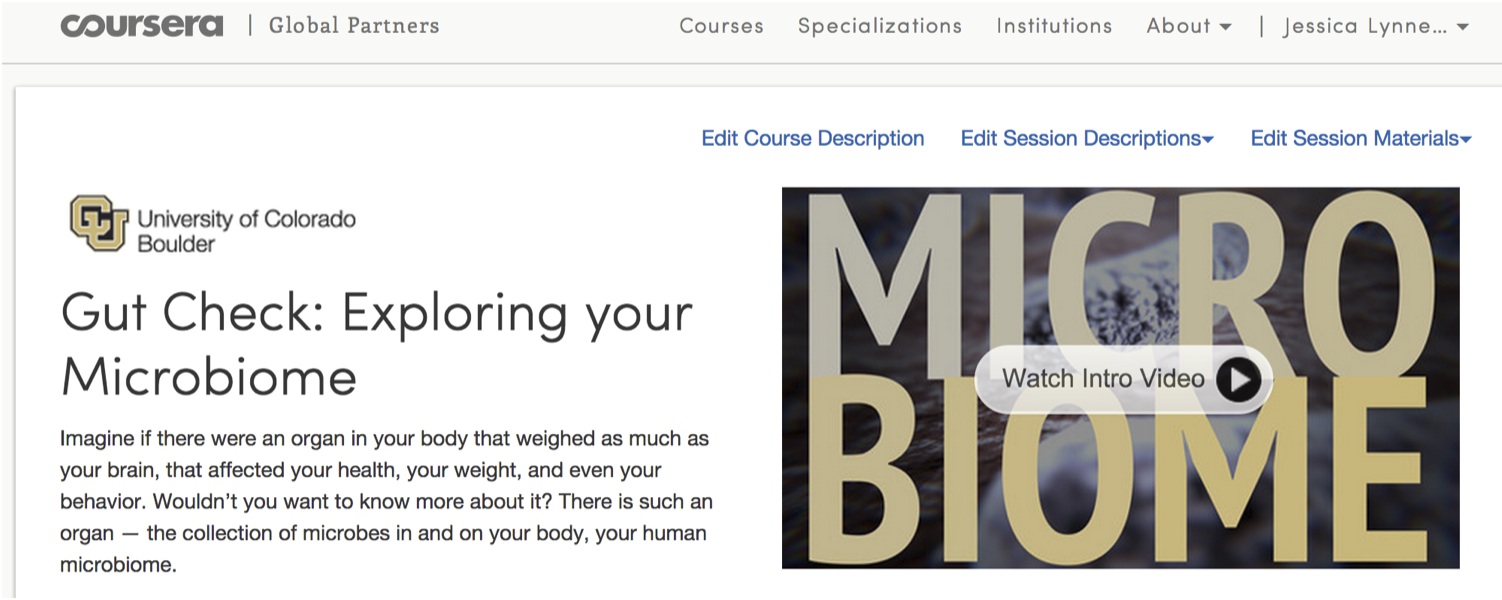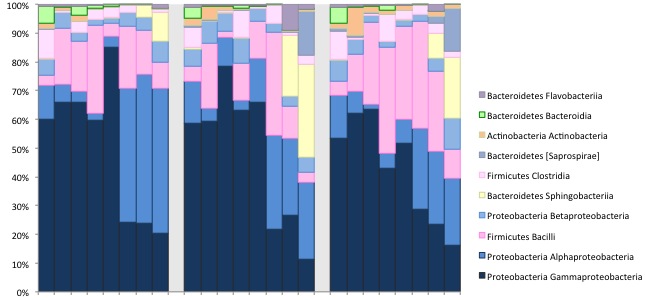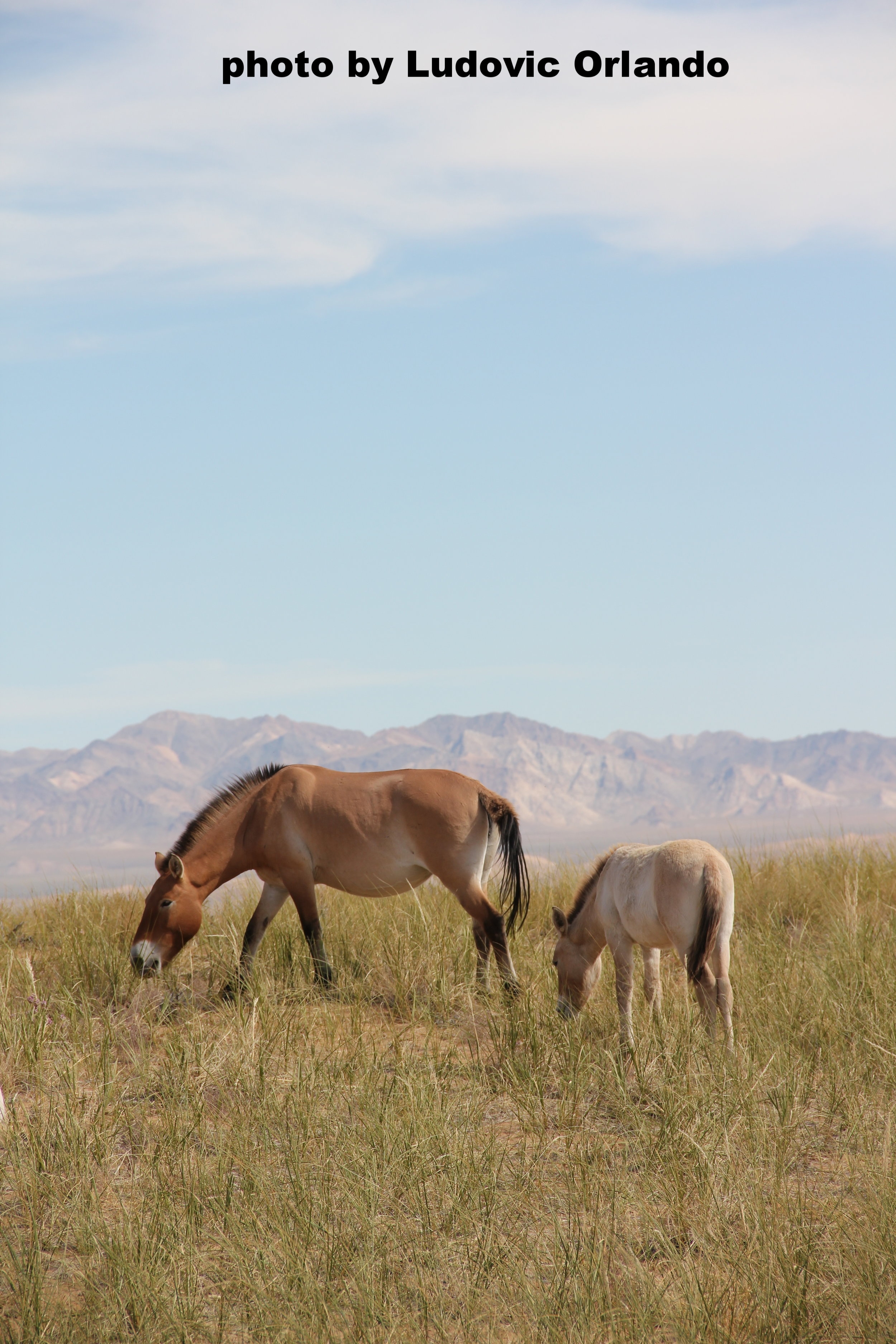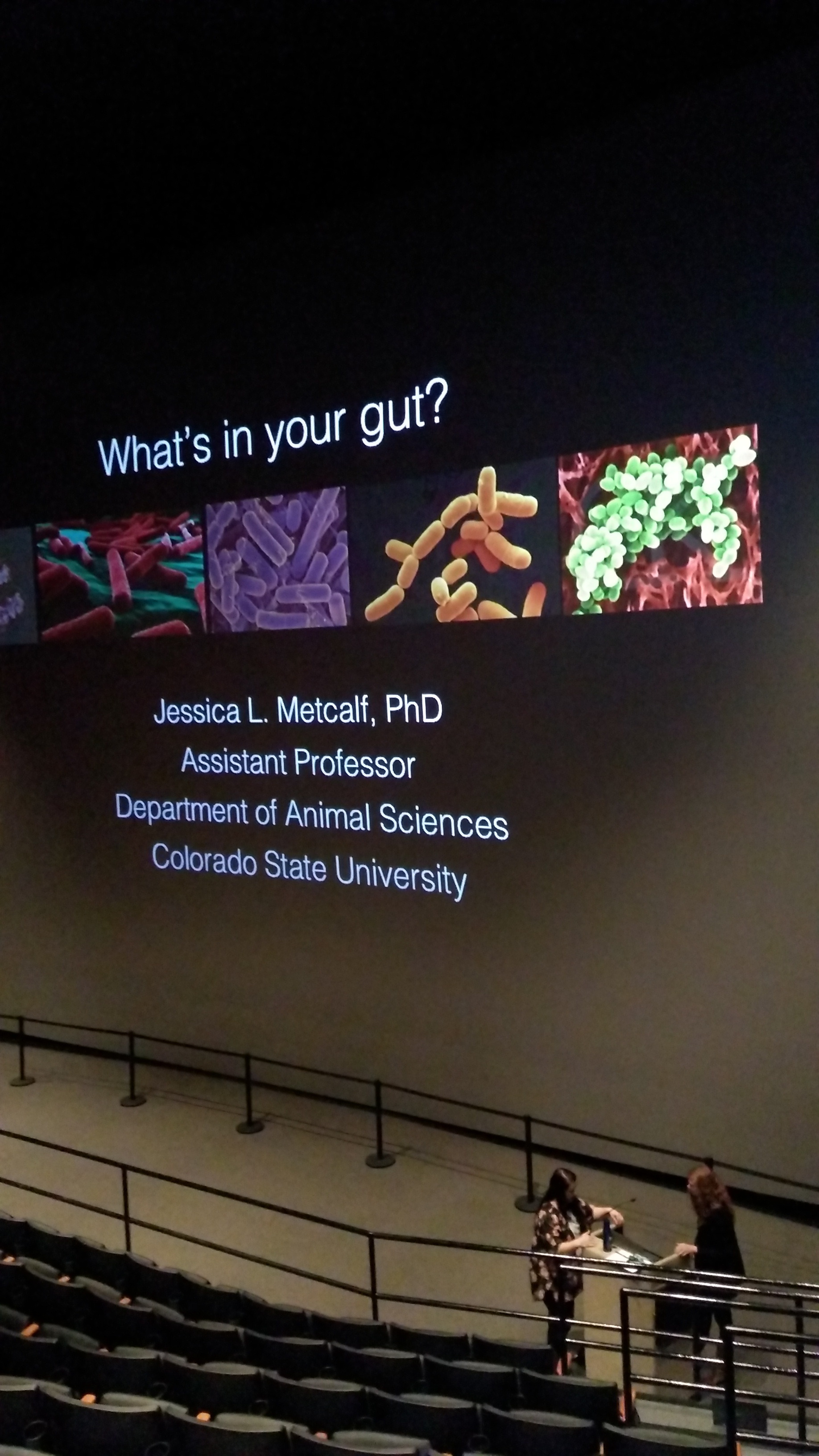The Metcalf lab brings together the fields of vertebrate evolution, microbial ecology, human health, and forensic science with innovative research tools to study the interactions between microbes and vertebrates during life and after death. We use high-throughput sequencing of bacterial and microbial eukaryotic communities to study how microbial communities change in response to disturbance events in both short time scales (decomposition of mammalian taxa) and long time scales (human population shifts to a western diet). In particular, we are interested in temporal/time-series data sets that allow us to understand the dynamics and predictability of microbial community change.
Research on the vertebrate microbiome has the potential to transform our understanding of health, and has tremendous potential to improve animal and human medicine. One of the most exciting frontiers in microbiome research is the interplay between microbes, the immune system, and vertebrate health and disease. My lab broadly uses a OneHealth framework to both human and animal health. We are currently launching new projects using dairy cows as models to understand milk chronobiology, and canines as models to study tumor microbiomes.
Our research also explores the use of microbes to understand recent changes in host-associated microbiomes. We study ancient microbes preserved in coprolites (ancient fecal material) to characterize the ancestral human gut microbiome, which will help us understand how our gut microbiomes have changed in the recent past due to western practices such as widespread use of antibiotics, high fat diets, and intensive hygiene practices. We ask similar questions about recent changes in the microbiomes of domesticated animals.
Over the last decade, Dr. Metcalf and colleagues have been uncovering the role of microbes in vertebrate decomposition. After death, microbial communities change in, on, and near the body in a clock-like manner. We can use this clock as a forensics tool to predict the postmortem interval. This is core research of the Metcalf lab, and has been highlighted in many venues (examples to the right).
We are part of a cluster hire of 7 faculty microbiome cluster hire at Colorado State University. This is a great place to study microbiomes!!
Ed Yong covered our vertebrate decomposition and human forensics research as part of his “I Contain Multitudes” video series
Read and listen to some of the highlights about our 2016 paper published in the journal Science.
The New York Times Magazine: The Living Dead. by Peter Smith
National Public Radio: Tiny Witnesses. by Rob Stein
The Atlantic: Meet the Necrobiome: The Predictable Microbes That Will Eat Your Dying Corpse. by Ed Yong
Newsweek: Using the Human Microbiome to Predict Time of Death. By Sena Christian








